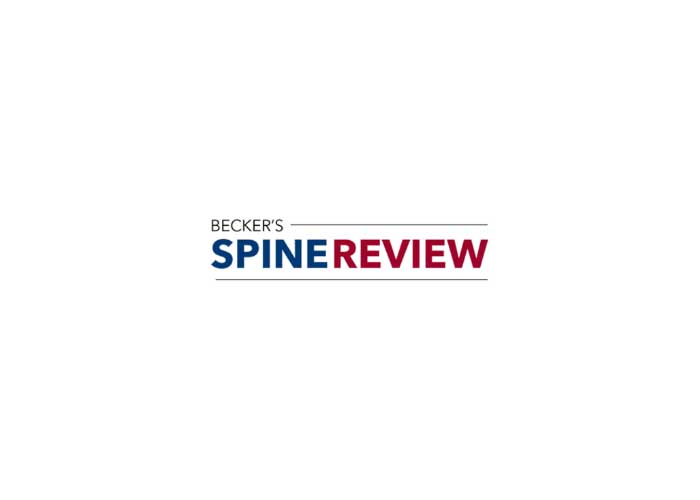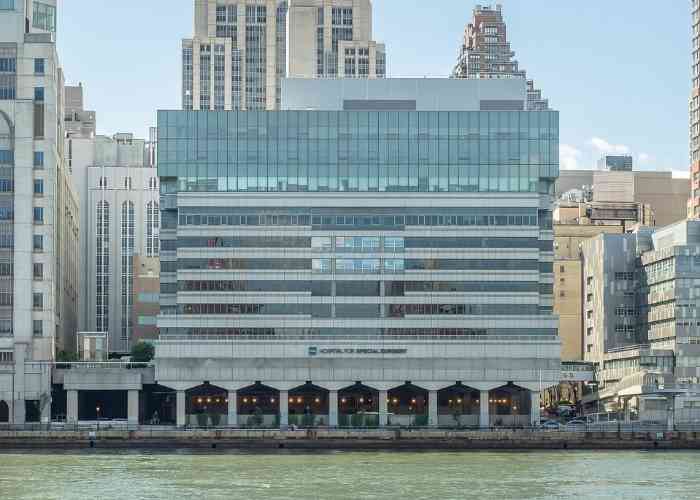ACL POST – OPERATIVE PHASE I (WEEKS 0–2)
GOALS:
- ROM: Full passive extension (most important)
- Minimum of 90° knee flexion
- Normalize patella mobility
- Weightbearing: Progressive weight bearing to WBAT with crutches
- Control post–operative pain / swelling
- Prevent quadriceps inhibition
- Promote independence in home therapeutic exercise program
PRECAUTIONS:
- Avoid active knee extension 40 0°
- Avoid ambulation without brace locked @ 0°
- Avoid heat application
- Avoid prolonged standing/walking
TREATMENT RECOMMENDATIONS:
Towel under heel for knee extension, A/AAROM for knee flexion, patella mobilization, quadriceps re–education (NMES and /or EMG), hip progressive resisted exercises, proprioception training, short crank bike, bilateral leg press (5 – 70°), SL R supine (with brace locked to without brace), SLR all planes, cryotherapy for pain and edema
Emphasize patient compliance to HEP and weight bearing precautions/progression
MINIMUM CRITERIA FOR ADVANCEMENT TO NEXT PHASE:
- Able to SLR without quadriceps lag
- 0° knee extension, minimum of 90° knee flexion
- Able to demonstrate unilateral (involved extremity) weight bearing without pain
Emphasize
- Patella mobility
- Full knee extension
- Improving quadriceps contraction
- Controlling pain/effusion
POST – OPERATIVE PHASE II (WEEKS 2–6)
GOALS:
- ROM 0° – 125°, progressing to full ROM
- Good patella mobility
- Minimal swelling
- Restore normal gait (non–antalgic) without assistive device
- Ascend 8” stairs with good control, without pain
- Discontinue brace
TREATMENT RECOMMENDATIONS:
Continue phase I exercises as appropriate
WBAT with brace open to tolerance for ROM, may DC as quad strength improves and gait normalizes, typically 5–6 weeks post op
Advance AAROM knee flexion/extension exercises (emphasize full passive extension), hamstring/calf flexibility, standard bike (if ROM 115°), leg press (80 – 0° arc), mini squats, active knee extension to 40°, proprioceptive training, forward step up program, underwater treadmill (incision benign), open brace (0 – 90°) as quadriceps strength improves
Progress/advance patients home exercise program (evaluation based)
PRECAUTIONS:
- Avoid descending stairs reciprocally until adequate quadriceps control & lower extremityalignment
- Avoid pain with therapeutic exercise & functional activities
MINIMUM CRITERIA FOR ADVANCEMENT:
- ROM 0 125°
- Normal gait pattern
- Demonstrate ability to ascend 8” step
- Good patella mobility
- Functional progression pending functional assessment
POST – OPERATIVE PHASE III (WEEKS 6–14)
GOALS:
- Restore Full ROM
- Able to descend 8”stairs with good leg control & no pain
- Improve ADL endurance
- Improve lower extremity flexibility
- Protect patellofemoral joint
TREATMENT RECOMMENDATIONS:
Progress squat/leg press program, initiate step down program, advance proprioceptive training, agility exercises, retrograde treadmill ambulation/running, quadriceps stretching
Emphasize patient compliance to both home and gym exercise program
PRECAUTIONS:
- Avoid pain with therapeutic exercise & functional activities
- Avoid running and sport activity till adequate strength development and MD clearance (typically 14 weeks)
MINIMUM CRITERIA FOR ADVANCEMENT:
- ROM to WNL
- Ability to descend 8” stairs with good leg control without pain
- Functional progression pending functional assessment
Emphasize
- Improving quadriceps strength
- Eccentric quadriceps control
Emphasize
- Normalizing knee ROM and patella mobility
- Minimizing knee effusion
- Normal gait pattern
POST – OPERATIVE PHASE IV (WEEKS 14–22)
GOALS:
- Demonstrate ability to run pain free
- Maximize strength and flexibility to meet demands of ADLS
- Hop Test > 75% limb symmetry
TREATMENT RECOMMENDATIONS:
- Start forward running (treadmill) program when 8” step down satisfactory
- Advance agility program / sport specific
- Start plyometric program when strength base sufficient
PRECAUTIONS:
- Avoid pain with therapeutic exercise & functional activities
- Avoid sport activity till adequate strength development and MD clearance
CRITERIA FOR ADVANCEMENT:
- Symptom–free running
- Hop Test > 75% limb symmetry
- Functional progression pending & functional assessment
POST – OPERATIVE PHASE V RETURN TO SPORT (WEEKS 22 – ?)
GOALS:
- Lack of apprehension with sport specific movements
- Maximize strength and flexibility to meet demands of individual’s sport activity
- Hop Test > 85% limb symmetry
TREATMENT RECOMMENDATIONS:
- Continue to advance LE strengthening, flexibility & agility programs
- Advance plyometric program
PRECAUTIONS:
- Avoid pain with therapeutic exercise & functional activities
- Avoid sport activity till adequate strength development and MD clearance
CRITERIA FOR DISCHARGE:
- Hop Test > 85% limb symmetry
- Lack of apprehension with sport specific movements
- Flexibility to accepted levels of sport performance
- Independence with gym program for maintenance and progression of therapeutic exercise program at discharge
*Please note: The instructions for rehabilitation protocols are general guidelines to be followed; however, any written or verbal instructions provided by Dr. Allen or his staff should supersede the instructions above and should be followed. If you have questions regarding your rehabilitation protocol, please contact a member of our team.






